Halloween is a big deal in the U.S. Europe, on the other hand has not taken to Halloween as readily. Ironically, according to History.com:
It originated with the ancient Celtic festival of Samhain, when people would light bonfires and wear costumes to ward off ghosts. In the eighth century, Pope Gregory III designated November 1 as a time to honor all saints; soon, All Saints Day incorporated some of the traditions of Samhain. The evening before was known as All Hallows Eve, and later Halloween. Over time, Halloween evolved into a day of activities like trick-or-treating, carving jack-o-lanterns, festive gatherings, donning costumes and eating sweet treats.Thanks to Pexels, we can all enjoy this wonderful secular holiday that actually began as a European religious holiday.
Further according to History.com:
The Celts, who lived 2,000 years ago in the area that is now Ireland, the United Kingdom and northern France, celebrated their new year on November 1.
This day marked the end of summer and the harvest and the beginning of the dark, cold winter, a time of year that was often associated with human death. Celts believed that on the night before the new year, the boundary between the worlds of the living and the dead became blurred. On the night of October 31 they celebrated Samhain, when it was believed that the ghosts of the dead returned to earth.
Further:
Druids built huge sacred bonfires, where the people gathered to burn crops and animals as sacrifices to the Celtic deities. During the celebration, the Celts wore costumes, typically consisting of animal heads and skins, and attempted to tell each other’s fortunes.
Additionally:
On May 13, 609 A.D., Pope Boniface IV dedicated the Pantheon in Rome in honor of all Christian martyrs, and the Catholic feast of All Martyrs Day was established in the Western church. Pope Gregory III later expanded the festival to include all saints as well as all martyrs, and moved the observance from May 13 to November 1.
By the 9th century the influence of Christianity had spread into Celtic lands, where it gradually blended with and supplanted the older Celtic rites. In 1000 A.D., the church would make November 2 All Souls’ Day, a day to honor the dead. It’s widely believed today that the church was attempting to replace the Celtic festival of the dead with a related church-sanctioned holiday.
All Souls Day was celebrated similarly to Samhain, with big bonfires, parades, and dressing up in costumes as saints, angels and devils. The All Saints Day celebration was also called All-hallows or All-hallowmas (from Middle English Alholowmesse meaning All Saints’ Day) and the night before it, the traditional night of Samhain in the Celtic religion, began to be called All-Hallows Eve and, eventually, Halloween.
What is El Día de los Muertos, or “Day of the Dead,” as it’s now known in the U.S.? Despite the white faces and the skulls, it's not meant to be a spooky holiday and it's not Halloween. Also known as Día de Muertos, the celebration originated in central and southern Mexico. Those who celebrate it believe that at midnight on October 31, the souls of all deceased children come down from heaven and reunite with their families on November 1, and the souls of deceased adults visit on November 2. Therefore, those of us who celebrate Halloween can extend the time for an additional two days if we participate in what many in Mexico (and now the states) believe to be “Day of the Dead.”
Again, according to History.com:
Celebration of Halloween was extremely limited in colonial New England because of the rigid Protestant belief systems there. Halloween was much more common in Maryland and the southern colonies.
As the beliefs and customs of different European ethnic groups as well as the American Indians meshed, a distinctly American version of Halloween began to emerge. The first celebrations included “play parties,” public events held to celebrate the harvest, where neighbors would share stories of the dead, tell each other’s fortunes, dance and sing.
Colonial Halloween festivities also featured the telling of ghost stories and mischief-making of all kinds. By the middle of the nineteenth century, annual autumn festivities were common, but Halloween was not yet celebrated everywhere in the country.
In the second half of the nineteenth century, America was flooded with new immigrants. These new immigrants, especially the millions of Irish fleeing the Irish Potato Famine, helped to popularize the celebration of Halloween nationally.
Statistically speaking, about 1/4 of all candy sold annually in the U.S. is purchased for Halloween.
Additionally according to History.com:
Borrowing from Irish and English traditions, Americans began to dress up in costumes and go house to house asking for food or money, a practice that eventually became today’s “trick-or-treat” tradition. Young women believed that on Halloween they could divine the name or appearance of their future husband by doing tricks with yarn, apple parings or mirrors.
In the late 1800s, there was a move in America to mold Halloween into a holiday more about community and neighborly get-togethers than about ghosts, pranks and witchcraft. At the turn of the century, Halloween parties for both children and adults became the most common way to celebrate the day. Parties focused on games, foods of the season and festive costumes.
Parents were encouraged by newspapers and community leaders to take anything “frightening” or “grotesque” out of Halloween celebrations. Because of these efforts, Halloween lost most of its superstitious and religious overtones by the beginning of the twentieth century.
To add to the history, History.com adds:
By the 1920s and 1930s, Halloween had become a secular, but community-centered holiday, with parades and town-wide Halloween parties as the featured entertainment. Despite the best efforts of many schools and communities, vandalism began to plague some celebrations in many communities during this time.
By the 1950s, town leaders had successfully limited vandalism and Halloween had evolved into a holiday directed mainly at the young. Due to the high numbers of young children during the fifties baby boom, parties moved from town civic centers into the classroom or home, where they could be more easily accommodated.
Between 1920 and 1950, the centuries-old practice of trick-or-treating was also revived. Trick-or-treating was a relatively inexpensive way for an entire community to share the Halloween celebration. In theory, families could also prevent tricks being played on them by providing the neighborhood children with small treats.
Thus, a new American tradition was born, and it has continued to grow. Today, Americans spend an estimated $6 billion annually on Halloween, making it the country’s second largest commercial holiday after Christmas.
To continue, History.com adds:
The American Halloween tradition of “trick-or-treating” probably dates back to the early All Souls’ Day parades in England. During the festivities, poor citizens would beg for food and families would give them pastries called “soul cakes” in return for their promise to pray for the family’s dead relatives.
The distribution of soul cakes was encouraged by the church as a way to replace the ancient practice of leaving food and wine for roaming spirits. The practice, which was referred to as “going a-souling” was eventually taken up by children who would visit the houses in their neighborhood and be given ale, food and money.
The tradition of dressing in costume for Halloween has both European and Celtic roots. Hundreds of years ago, winter was an uncertain and frightening time. Food supplies often ran low and, for the many people afraid of the dark, the short days of winter were full of constant worry.
 |
| Halloween costumes courtesy of an internet search |
But what about the Halloween traditions and beliefs that today’s trick-or-treaters have forgotten all about? Many of these obsolete rituals focused on the future instead of the past and the living instead of the dead.
In particular, many had to do with helping young women identify their future husbands and reassuring them that they would someday—with luck, by next Halloween—be married. In 18th-century Ireland, a matchmaking cook might bury a ring in her mashed potatoes on Halloween night, hoping to bring true love to the diner who found it.
In Scotland, fortune-tellers recommended that an eligible young woman name a hazelnut for each of her suitors and then toss the nuts into the fireplace. The nut that burned to ashes rather than popping or exploding, the story went, represented the girl’s future husband. (In some versions of this legend, the opposite was true: The nut that burned away symbolized a love that would not last.)
Another tale had it that if a young woman ate a sugary concoction made out of walnuts, hazelnuts and nutmeg before bed on Halloween night she would dream about her future husband.
Young women tossed apple-peels over their shoulders, hoping that the peels would fall on the floor in the shape of their future husbands’ initials; tried to learn about their futures by peering at egg yolks floating in a bowl of water; and stood in front of mirrors in darkened rooms, holding candles and looking over their shoulders for their husbands’ faces.
Other rituals were more competitive. At some Halloween parties, the first guest to find a burr on a chestnut-hunt would be the first to marry; at others, the first successful apple-bobber would be the first down the aisle.
Of course, whether we’re asking for romantic advice or trying to avoid seven years of bad luck, each one of these Halloween superstitions relies on the goodwill of the very same “spirits” whose presence the early Celts felt so keenly.
 |
| This corn maze courtesy of History.com |
 | ||||||||||
 I hope you have a spooktacular Halloween and learned a bit about its origins, too. It's amazing how it began in Europe, yet is now mostly celebrated in the United States.
I hope you have a spooktacular Halloween and learned a bit about its origins, too. It's amazing how it began in Europe, yet is now mostly celebrated in the United States.

















































































.JPG)


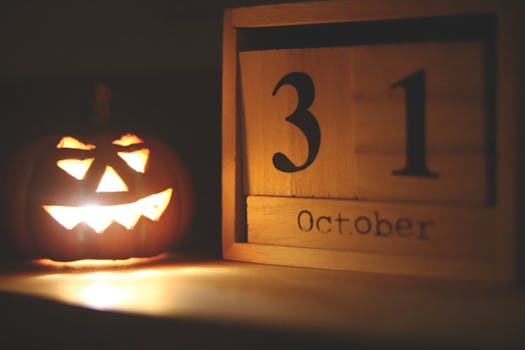
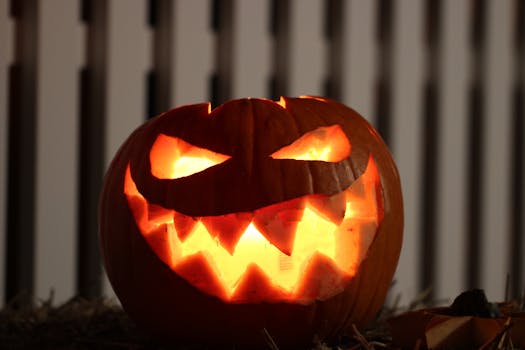

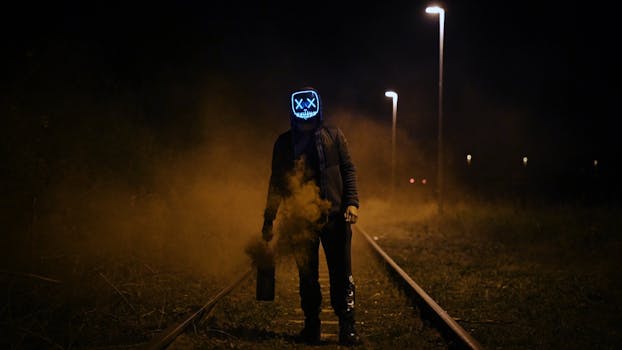
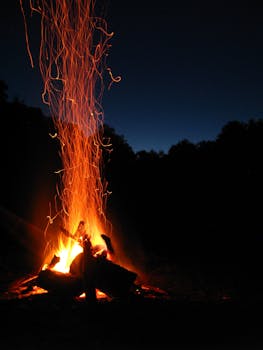
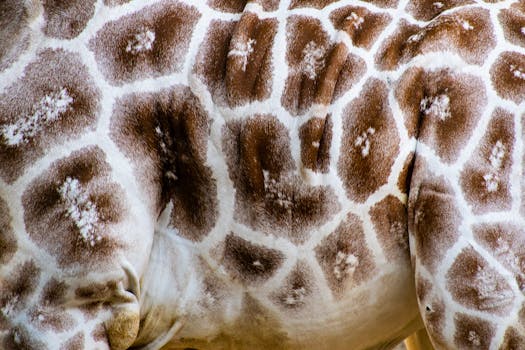
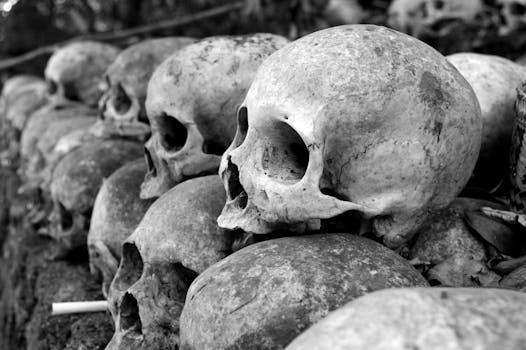
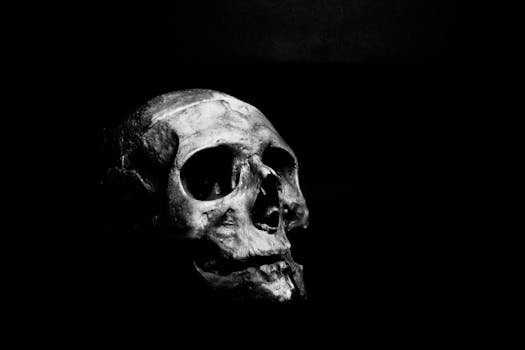








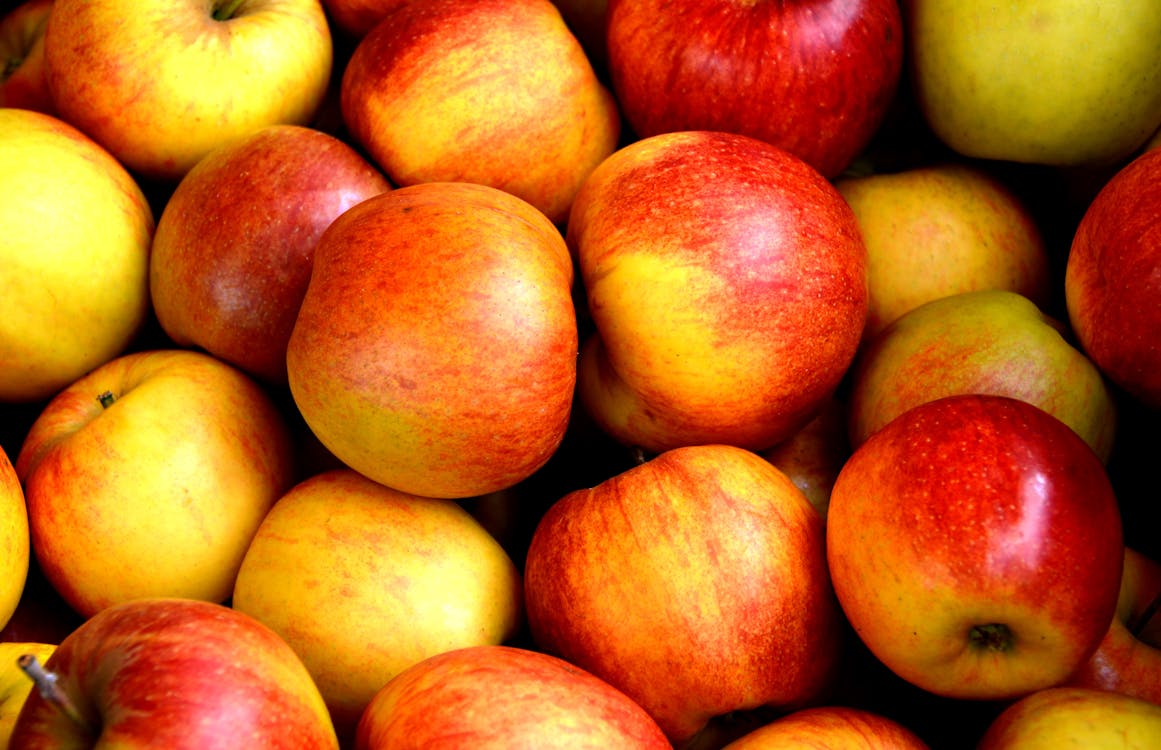
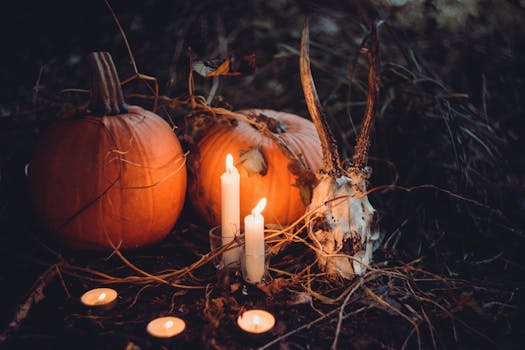

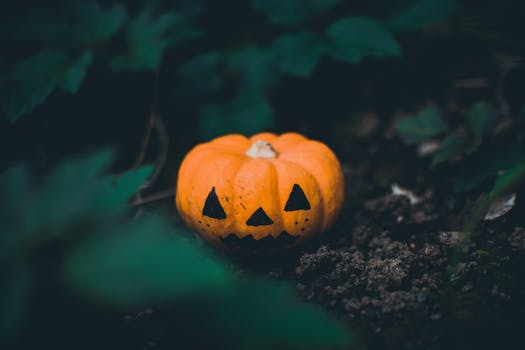
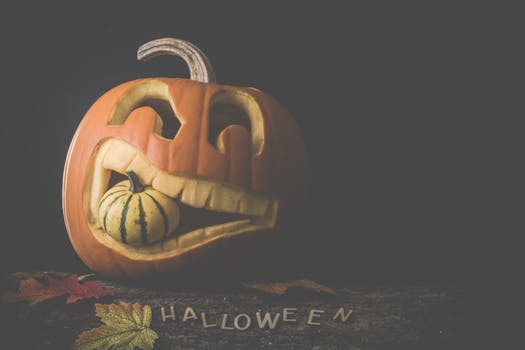
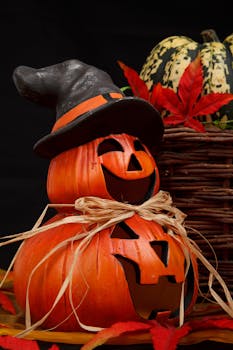
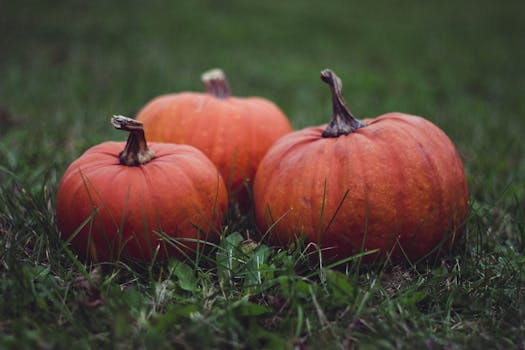



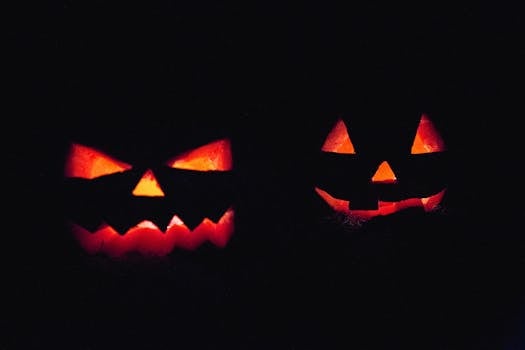
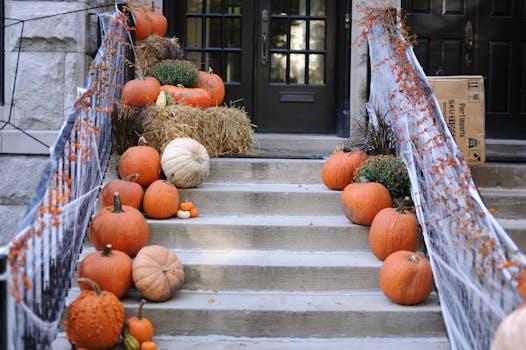
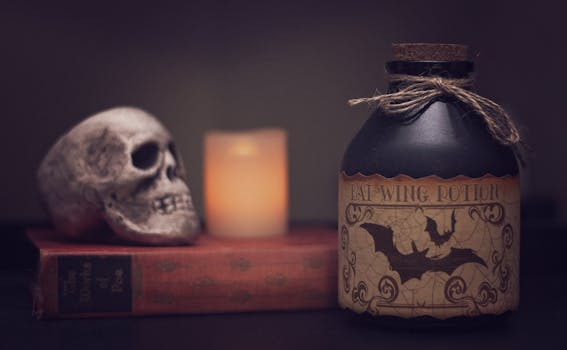
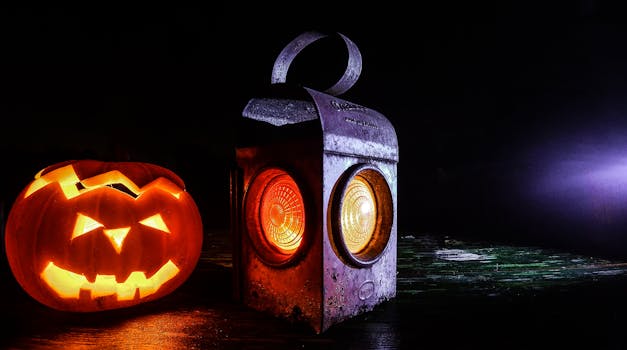
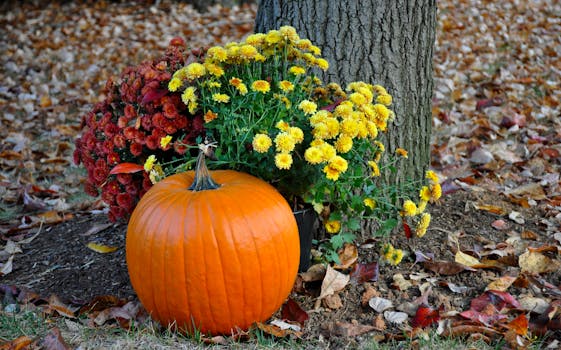
























14 thoughtful remarks:
Halloween is now widely celebrated in Europe, but always the trashy, commercial version, which I don't like. But Autumn and Halloween are still my fave times, with lots of natural decorations and a bit of spooky. Have a great day, Valerie
Thanks for the Halloween history, unfortunately I don't like it...skulls and all that doesn't appeal to me. Some of the kids here in Oz don't celebrate it as such just dress up and go knocking on doors just for the treats which we love to give...but not widely known or the same as Thanksgiving.
This is a fascinating read Elizabeth. I knew the part about girls looking for their husbands, but didn't know about the whole original history of the holiday. I like Halloween-especially a fun, vintage one. I'm not into gore or blood. Halloween to me is fun and a little bit spooky. Hope you eel better soon. Hugs-Erika
Wow! So must history tied to this special day at the end of the month, and I always learn something new here. I remember dressing up as a kid, then dressing my son up when he was young, but those days are long gone, along with the scary movies. I do like seeing the creative costumes that people come up with though. Sure hope you're feeling a little better these days, dear Elizabeth! Hugs...RO
It's a tradition I didn't grow up with, so don't care for it.
Here in Perth I see some kids are getting into it by dressing up and going door to door to get treats. Of course shops are also getting on the act by selling stuff related to Halloween...
Sadly, trick or treating door to door has fallen off (at least in my town) over the years due to stranger danger and other safety concerns. The fire department in our town hosts a Halloween parade on the town common for the littles. Then everyone is invited across to the street to the fire station for treats. I haven't bought candy for several years as no one comes to the door. Still it's my favorite holiday and it was the day we celebrated Ink's birthday. We were told when we got him that he was born in October but we didn't know what day. Halloween seemed to be an appropriate birthday for a black cat.
Thank you Elizabeth for this little bit of Halloween story. It is very interesting to know the origins of our parties, as well as their evolution over time. These photographs are all fabulous. Here, in Spain, nowadays Halloween has become a tradition, more for the commercial part than for the spirituality that originally entailed, since the Celts invaded the Iberian Peninsula and, as expected, instilled their customs and their traditions, more in the north than in the south. And as it happens in so many countries on the night of October 31 people dress up and children ask for candy with their famous ... Trick or treat !! I´ve prepared a big paquet of sweets yet !
I hope you feel better today and could eat a little bit.
I wish you a nice day, and send big hugs, Caty
Great images Elizabeth! I think as I didn't grow up with this tradition and was already in my twenties as they wanted us here in Austria celebrating this event ( to make money).
I fear I will never be a big Halloween fan at all.
But I think this is no big drama for anyone...lol.
Hope you feel already a bit better and Scott could bring you a bit comfort! Poorly Elizabeth! Get well soon!
Hugs, Susi
Loving Halloween as I do, your post has made my day! Spooky movies and eating candy and dressing in witchy attire and enjoying the Autumnal sights are such fun :) Thanks for this!
A wonderful collection of photos and it was a super informative post to read.
Hope you are feeling a bit better today.
Yvonne xx
Many thanks for all of the Halloween information, a great read.
I loved seeing the images you've used to.
Our grandchildren are getting excited about Halloween, they are getting their costumes ready and look forward to dressing up.
All the best Jan
Thank for all the great history! I saw the apple peel over the shoulder on Anne (of Green Gables) lol
I am pretty much over the whole scary thing and am really waiting for the whole holiday to be done with-sorry to those who love it!
hugs,Jackie
Great article, Elizabeth. I'm not a fan of Halloween because it has become so secular in the US. Also because we don't have kids in the house anymore, I suppose. So reading about the religious roots was uplifting.
I hope you're feeling 100% now. Hugs, Eileen
Thanks for the Wealth of information Elizabeth, so wonderfully illustrated too.
Happy Halloween to you, Bleubeard and Squiggles.
Hugs, Neet xx
Post a Comment